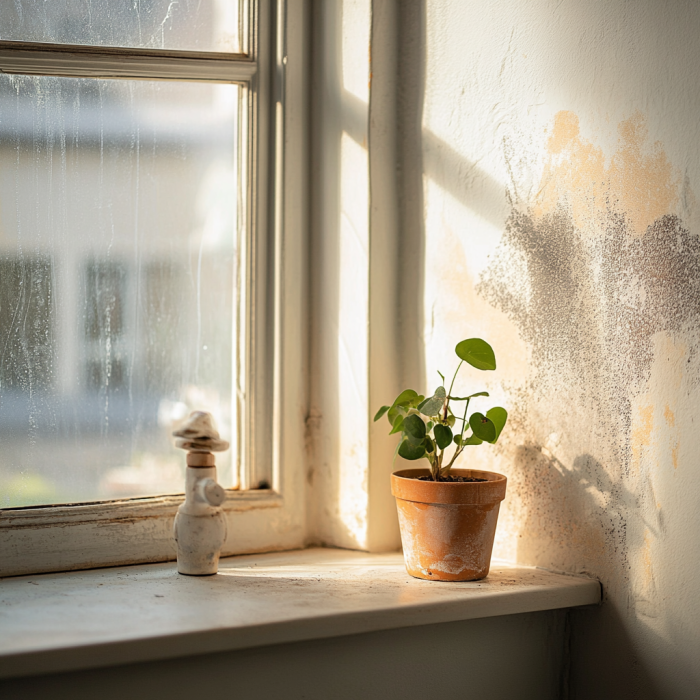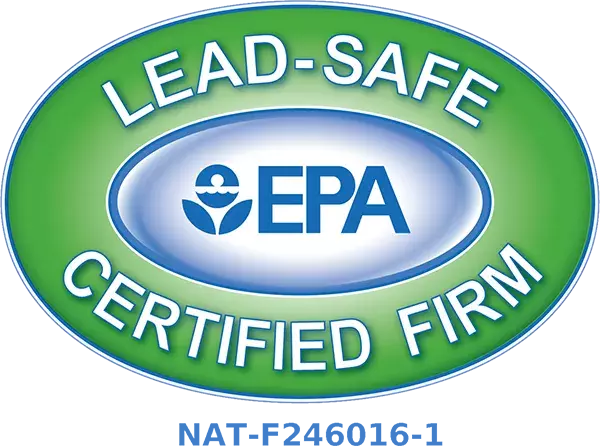Mold is a pervasive issue that many homeowners encounter, lurking in hidden spaces and often going undetected until significant damage has occurred. Not only can mold infestations lead to costly repairs, but they can also impact the health of individuals living in the affected environment. Mold produces allergens and irritants that may trigger a range of health issues, especially in those with respiratory conditions or weakened immune systems. Understanding the common causes of mold is crucial in taking preventative measures to safeguard your home and well-being.
Understanding Mold and Its Growth Conditions
Mold is a type of fungus that plays an essential role in the ecosystem by breaking down organic matter, such as dead trees or leaves. However, when mold begins to grow indoors, it can lead to complications. For mold to thrive, it requires specific conditions:
- Moisture: This is the most critical factor. Mold spores need a humid environment to begin colonizing surfaces.
- Warmth: Mold grows best in warm temperatures, typically between 77°F and 86°F (25°C to 30°C).
- Organic Material: Mold feeds on organic matter, which can be found in materials such as wood, drywall, and even food items.
Common types of mold found in homes include Aspergillus, Cladosporium, and Stachybotrys, often referred to as “black mold.” Recognizing the conditions that foster mold growth is the first step in preventing infestations.
Excessive Moisture and High Humidity
Humidity levels above 60% create an ideal environment for mold growth. It’s crucial for homeowners to monitor humidity levels, especially in areas prone to moisture accumulation.
Sources of Excessive Moisture
- Humid Climates and Seasonal Changes: Living in regions with high humidity can predispose homes to mold. Additionally, seasonal changes involving heavy rains or snowmelt can introduce excess moisture.
- Water Leakage: Roof leaks, plumbing issues, and water infiltration around windows can lead to persistent moisture buildup, setting the stage for mold to flourish.
Understanding and controlling moisture levels in your home is essential in the ongoing battle against mold infestations.
Plumbing Issues and Water Intrusion
Common plumbing problems can act as significant contributors to mold growth:
- Leaky Pipes and Fixtures: Dripping faucets or leaking pipes can create areas of dampness that provide favorable conditions for mold.
- Slow Drains: Clogged gutters or slow drains cause water to pool, which can eventually lead to both indoor and outdoor mold growth.
Water intrusion from the outside can also pose a considerable threat. Heavy rains or flooding events can allow water to seep into basements, crawl spaces, and walls, leading to extensive mold issues if not addressed promptly.
Poor Ventilation and Air Circulation
Ventilation plays a critical role in maintaining low humidity levels. Areas within the home that often suffer from poor ventilation, such as bathrooms, attics, and basements, are particularly vulnerable to mold issues. Without adequate airflow, humid air remains trapped, providing a persistent source of moisture for mold spores.
Improving Airflow
To combat this, homeowners can:
- Utilize exhaust fans in bathrooms and kitchens to expel moisture-laden air.
- Open windows regularly to allow for fresh air circulation.
- Keep interior doors open to create a flow of air throughout the home.
Improving ventilation is essential in preventing mold growth and promoting a healthier indoor environment.
Condensation Problems
Condensation often occurs when warm, humid air comes into contact with cold surfaces, leading to moisture buildup. Common areas for condensation include:
- Windows: Condensation can form on windows, especially during colder weather, leading to dripping and pooling.
- Walls and Pipes: Poorly insulated walls and plumbing can also contribute to condensation, resulting in moisture and mold issues.
To address condensation, homeowners should ensure adequate insulation within walls and around pipes. Monitoring temperature and humidity levels within the home can also help minimize unexpected moisture accumulation.
Building Materials and Organic Materials
Certain building materials can promote mold growth when exposed to moisture:
- Wooden Structures: This material is particularly susceptible to mold because it provides organic matter for mold to feed upon.
- Drywall: Gypsum board can absorb moisture, making it a potential breeding ground for mold.
- Carpets: Moisture trapped in carpet fibers can encourage mold development.
Additionally, organic materials like food particles or plant matter left to decompose can lead to mold. Using mold-resistant materials during construction or renovations is a proactive approach to preventing infestations.
Flooding and Water Damage
Natural disasters, such as floods or heavy rains, can cause significant mold infestations to occur quickly. When water damage does occur, it is vital for homeowners to act immediately. Mold can begin to grow within 24 to 48 hours of water exposure, making prompt action crucial.
Immediate Steps After Flooding
- Remove Standing Water: Address any visible water immediately.
- Dry Out the Area: Use fans, dehumidifiers, and proper ventilation to help absorb excess moisture.
- Inspect and Repair: Look for materials that may be wet, and consider removal or replacement if necessary. If the damage is extensive, consider hiring professional water damage restoration services.
Following these steps significantly helps to manage mold growth after a flood.
Lack of Regular Maintenance
Regular home maintenance is essential in preventing mold issues from developing:
- Routine Inspections: Conduct regular checks for leaks or signs of water damage in attics, basements, and crawl spaces.
- Gutter Cleaning: Maintaining gutters and drainage systems prevents water buildup that can lead to mold.
Addressing minor issues before they escalate into larger problems requires ongoing diligence.
Conclusion
Recognizing the common causes of mold infestations is vital for every homeowner. By understanding how humidity, moisture, and other factors contribute to mold growth, individuals can take proactive steps to mitigate risks. Preventing mold not only protects property but also enhances the health and safety of residents.
If you suspect mold in your home, don’t hesitate to reach out to J&R Restoration for expert assistance in South Florida. Our dedicated team specializes in mold remediation and water damage restoration, ensuring your home is safe and healthy. Contact us today to schedule an inspection and take the first step toward a mold-free environment!


